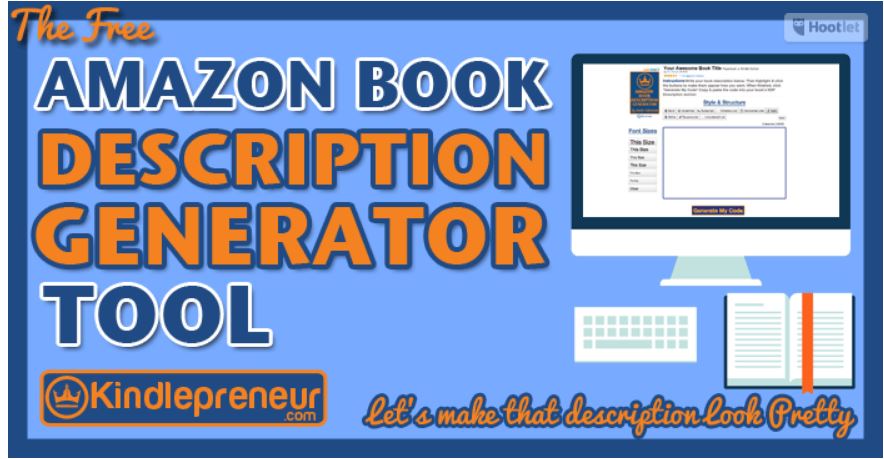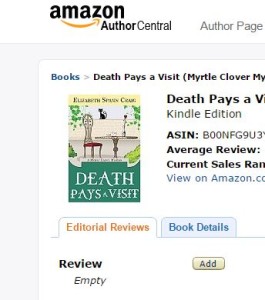by Elizabeth S. Craig, @elizabethscraig
Just thought I’d share a tool that I’ve found really helpful lately. It’s also free, which is especially nice.
Dave Chesson from Kindlepreneur is the tool’s creator. It wrangles book descriptions on Amazon’s website. If you’re like me, you don’t want the print on the description too small. You want spacing between your paragraphs. And maybe you want some things in bold (a teaser, for example), or in italics. This tool helps with all that.
I’ve experimented with other book description tools before and still found I had issues. Or I’d try to put in the HTML codes myself and, well, I’m not a coder.
I’ve had no issues with this tool. I copy-paste my book description from a Word doc into Notepad or another plain text editor (or you could just type it into the generator, word by word). Then I paste that directly into the generator box.
I particularly liked creating a larger font. I keep my book descriptions pithy and they look better in a bigger font size.
I was so happy with the way the descriptions looked that I went back through and changed all of them. :) Yes, this took a little while, but I was pleased with the results.

Have you used Dave Chesson’s resource before? What tools do you find yourself using regularly?
A Book Description Generator Tool from @DaveChesson: Click To Tweet

